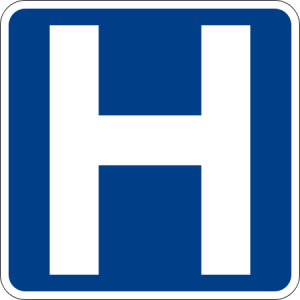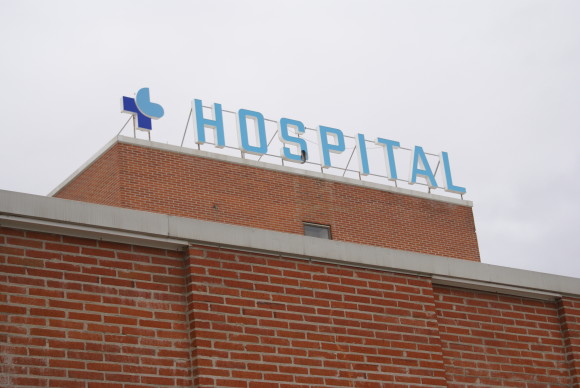 Of all treatment settings, hospitals are considered the highest and most costly level of addiction care. They are primarily utilized for:
Of all treatment settings, hospitals are considered the highest and most costly level of addiction care. They are primarily utilized for:
Detoxification Services
When the probability of medical complications (e.g., delirium, unconsciousness, confusion, eating disorders) is high, a hospital is where you want to be. While some residential treatment programs offer detoxification services, many (such as those in California) are not licensed to practice medicine. If you have any question whether you need to be hospitalized, seek out an evaluation or consultation with your primary care physician. Again, having an objective party assess your detoxification needs is added protection that you end up where you need to be. Most who enter the hospital are not there long, usually 2-3 days if things go well, and perhaps up to week if there are complications. Following detoxification, the standard of care is to move from a hospital setting to a residential or intensive outpatient program.
Rehabilitation Services
Many hospitals offer in-house addiction treatment programs. They vary considerably from residential stays to outpatient therapy. One benefit of these programs is that often there is a better integration of primary care services and addiction treatment. But this is not always true. In one case I was involved with, a female patient who had multiple hospitalizations for medical issues and addiction, was never referred to our hospital behavioral health clinic that specialized in co-occurring disorders, because the physicians and surgeons who treated her had no idea we existed! It’s crazy to think that within a hospital system the right and left hand don’t talk, but sadly it happens more than you might think. At the same time, programs offered within a hospital setting often have higher degrees of accountability and patient protections due to stringent accreditation standards of hospitals.
Emergency Care
Sometimes what brings someone to the hospital is not the addiction, but rather the consequences of their behavior. For a period of time I worked as a consultant doing brief interventions with patients who ended up in an Emergency Department as a result of their alcohol or drug use. One patient high on drugs had taken a chain saw to his face, another had fallen high off a ladder putting up Christmas lights after drinking way too much beer. Such cases are all too frequent, but when they occur, they present windows of opportunity to motivate entrance into an addiction treatment program.
After Hospitalization
In addition to risks associated with being in a hospital, often those involved in discharge planning have limited knowledge of the addiction treatment services available in your community. They know you need to be discharged to a program, but often the work necessary to ensure that the referral is the best one for you doesn’t happen. This is because discharge workers often are very busy, don’t have time to visit this different programs and know them intimately enough to make a good referral, and don’t have time to keep up on waiting lists.
Which means that ultimately the job of knowing where you should go following hospitalization is in your court! I don’t mean to suggest that all hospitals do a poor job of discharging patients to addiction treatment programs, but more to highlight that it’s a lot of work doing it right. By studying the levels of care on this site, as well as the information on the various treatment settings, you should be armed with enough knowledge to prepare yourself (or have someone help you), for what program you will enter when you leave the hospital.
As a final caution, better to know where you are headed before heading into the hospital, so you maintain a continuity of care and don’t have a period of time – even hours or days – where you are vulnerable to relapse.
